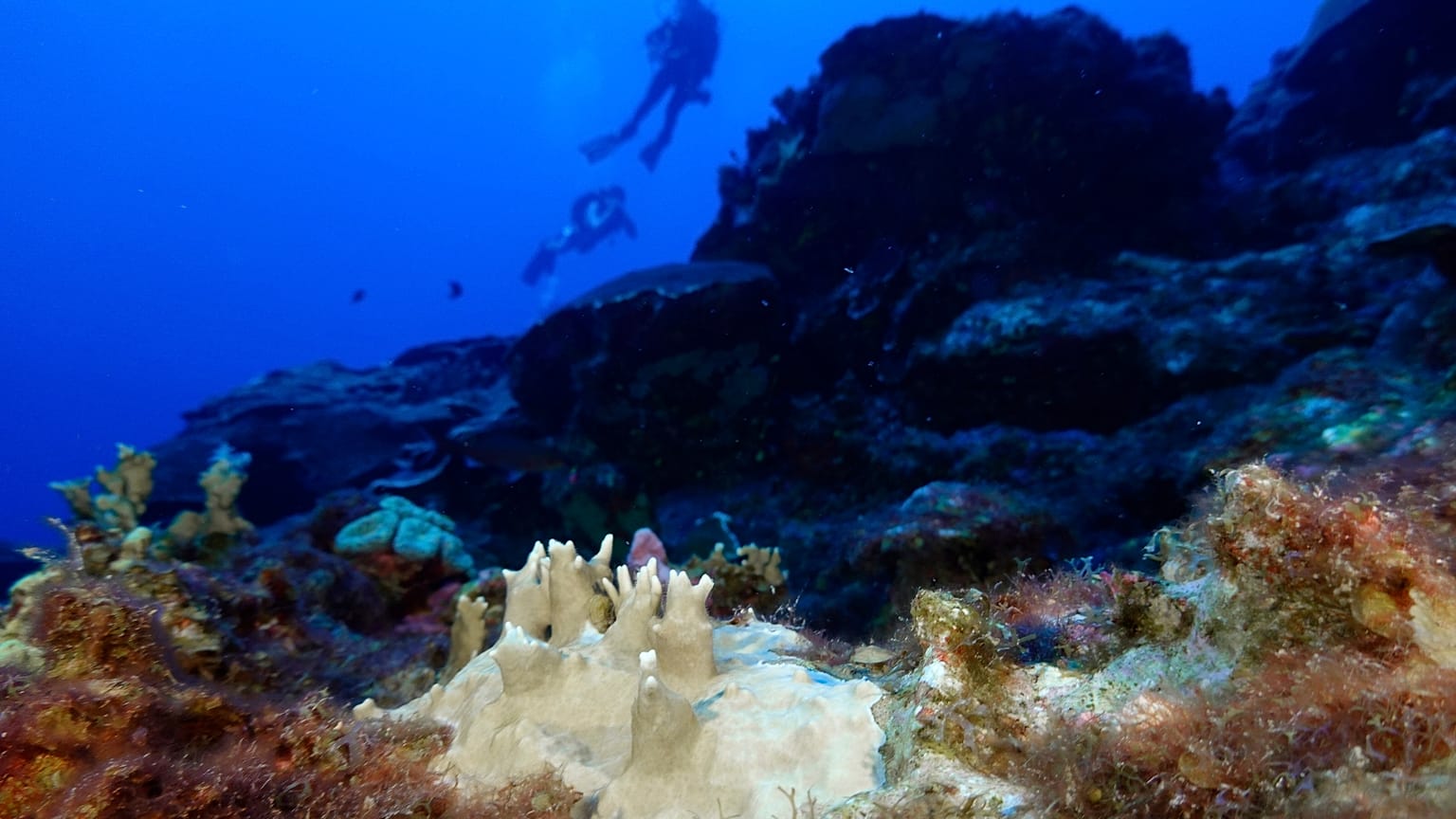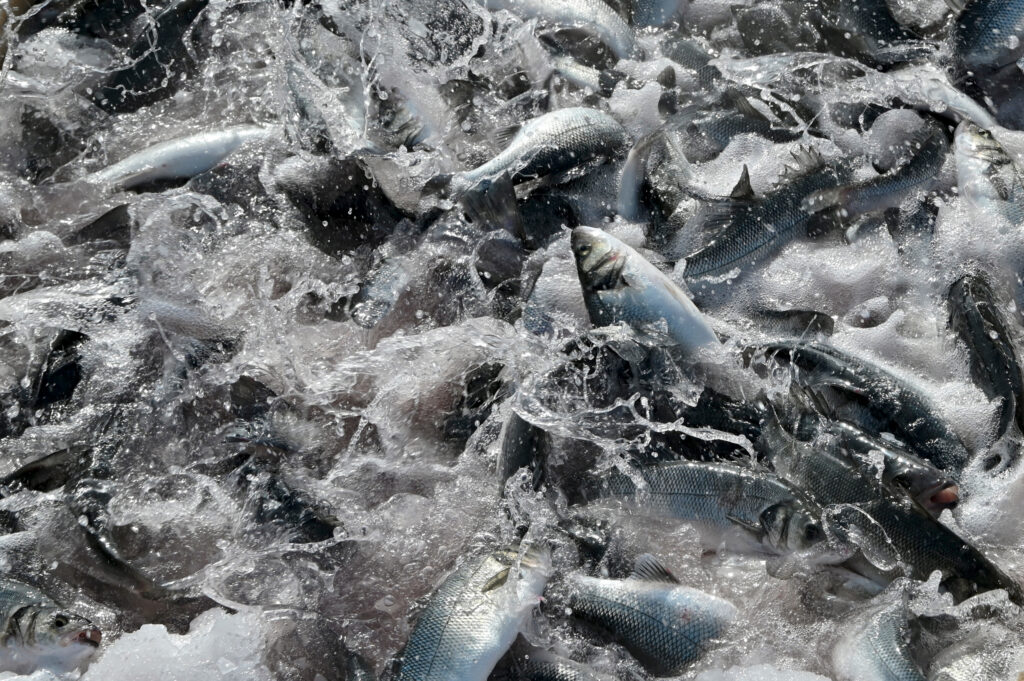Coral reef collapse drives world across first climate tipping point – USA Today

Report on Climate Tipping Points and the Coral Reef Crisis
A comprehensive analysis based on the second Global Tipping Points Report indicates that the planet has reached its first human-caused climate change tipping point with the widespread dieback of warm-water coral reefs. This event has profound implications for global environmental stability and the achievement of the United Nations Sustainable Development Goals (SDGs).
Analysis of the Tipping Point Phenomenon
Definition and Context
A climate “tipping point” is a critical threshold at which a small change can trigger a significant, often irreversible, transformation in an Earth system. The report identifies several systems approaching such points, including melting ice sheets and the Amazon rainforest, but confirms that coral reefs have already passed this threshold.
The Coral Reef Threshold
The tipping point for coral reefs was assessed to be within a global warming range of 1.2°C to 1.5°C above pre-industrial levels. As the world has recently experienced prolonged periods at 1.5°C, severe marine heatwaves have caused extensive bleaching across 80% of the world’s reefs, initiating a state of widespread, potentially irreversible dieback.
Impact on Sustainable Development Goals (SDGs)
Direct Threats to Marine and Coastal Ecosystems
- SDG 14 (Life Below Water): The collapse of coral reef ecosystems represents a catastrophic failure to meet the goal of conserving and sustainably using marine resources. These reefs, which support at least a quarter of all marine species despite covering only 0.2% of the ocean floor, are facing annihilation, leading to an unprecedented loss of marine biodiversity.
- SDG 13 (Climate Action): The passing of this tipping point is a stark indicator of insufficient global climate action. It highlights the urgent need for immediate and drastic measures to reduce greenhouse gas emissions to prevent further irreversible damage to planetary systems.
Socio-Economic Consequences
- SDG 1 (No Poverty) & SDG 2 (Zero Hunger): The livelihoods and food security of nearly one billion people are jeopardized. Communities dependent on reef fisheries for protein and income face increased poverty and hunger as fish stocks collapse.
- SDG 8 (Decent Work and Economic Growth): The loss of ecosystem services from coral reefs, valued at over $2 trillion annually, threatens key economic sectors such as fishing and tourism, undermining opportunities for decent work and sustainable economic growth.
- SDG 11 (Sustainable Cities and Communities): Coastal communities are rendered more vulnerable to the impacts of climate change. The degradation of reefs removes a natural barrier that protects coastlines from storm surges and rising sea levels.
Key Findings and Expert Consensus
Primary Findings of the Report
- Warm-water coral reefs are the first major Earth system confirmed to have crossed a climate tipping point.
- The primary driver is rising sea temperatures, which have already caused severe bleaching and initiated widespread dieback.
- Expert consensus confirms the report’s conclusions, with some scientists arguing the tipping point was passed decades ago, evidenced by recurring mass bleaching events since 1998.
Call for Global Action
Experts agree that local conservation efforts, while important, are inadequate to address the crisis. The report is a call for governments to take urgent action on the root cause—climate change—by curtailing the use of fossil fuels. This aligns with SDG 17 (Partnerships for the Goals), emphasizing that international cooperation is essential to address this global challenge.
Recommendations and Outlook
Mitigation Through Positive Tipping Points
The report recommends a strategy focused on triggering “positive tipping points” to accelerate the transition to a sustainable, zero-emissions future. This approach directly supports SDG 7 (Affordable and Clean Energy) and SDG 13 (Climate Action).
Proposed Actions
- Accelerate the global adoption of clean technologies, such as solar power and electric vehicles.
- Leverage economies of scale and learning-by-doing to reduce the cost and increase the accessibility of sustainable technologies, creating an amplifying feedback loop that displaces fossil fuels.
- Implement immediate and unprecedented policies at a global level to drastically cut greenhouse gas emissions, thereby limiting the risk of other Earth systems crossing catastrophic tipping points.
Analysis of Sustainable Development Goals (SDGs) in the Article
1. Which SDGs are addressed or connected to the issues highlighted in the article?
- SDG 13: Climate Action
- SDG 14: Life Below Water
- SDG 1: No Poverty
- SDG 2: Zero Hunger
- SDG 7: Affordable and Clean Energy
- SDG 8: Decent Work and Economic Growth
- SDG 11: Sustainable Cities and Communities
2. What specific targets under those SDGs can be identified based on the article’s content?
-
SDG 13: Climate Action
- Target 13.1: Strengthen resilience and adaptive capacity to climate-related hazards and natural disasters in all countries. The article highlights this by explaining that coral reefs provide “vital coastal protection from storm surges and rising sea levels for communities,” the loss of which increases vulnerability to climate-related disasters.
- Target 13.2: Integrate climate change measures into national policies, strategies and planning. The article points to a failure in this area, criticizing countries that “still refuse to curtail fossil fuels” and calling for “unprecedented action from leaders and policymakers worldwide” to address the root cause of reef destruction.
-
SDG 14: Life Below Water
- Target 14.2: By 2020, sustainably manage and protect marine and coastal ecosystems to avoid significant adverse impacts, including by strengthening their resilience, and take action for their restoration in order to achieve healthy and productive oceans. The article’s central theme is the failure to protect coral reef ecosystems, which are described as having “passed their tipping point” due to “widespread coral dieback.”
- Target 14.3: Minimize and address the impacts of ocean acidification, including through enhanced scientific cooperation at all levels. The article explicitly mentions “ocean acidification” as one of the manifestations of global climate change that poses an “existential threat to reef health.”
-
SDG 1: No Poverty
- Target 1.5: By 2030, build the resilience of the poor and those in vulnerable situations and reduce their exposure and vulnerability to climate-related extreme events and other economic, social and environmental shocks and disasters. The article states that “Coral reefs support the livelihoods of half a billion people.” The collapse of these ecosystems directly threatens these livelihoods, increasing the economic vulnerability of these populations.
-
SDG 2: Zero Hunger
- Target 2.4: By 2030, ensure sustainable food production systems and implement resilient agricultural practices that increase productivity and production, that help maintain ecosystems… The article notes that reefs support “abundant fisheries” and are home to organisms that “provide food for larger fish.” The destruction of reefs threatens this critical food source for millions, undermining food security.
-
SDG 7: Affordable and Clean Energy
- Target 7.2: By 2030, increase substantially the share of renewable energy in the global energy mix. The article proposes a solution to the climate crisis by highlighting the need to “accelerate the transition to zero emissions” and points to positive progress in “the uptake of solar power and electric vehicles.”
-
SDG 8: Decent Work and Economic Growth
- Target 8.4: Improve progressively, through 2030, global resource efficiency in consumption and production and endeavour to decouple economic growth from environmental degradation… The article quantifies the economic importance of reefs, stating they “provide ecosystem services that have been valued at over $2 trillion per year.” Their destruction represents a significant decoupling of economic well-being from environmental health in the wrong direction.
-
SDG 11: Sustainable Cities and Communities
- Target 11.5: By 2030, significantly reduce the number of deaths and the number of people affected and substantially decrease the direct economic losses relative to global gross domestic product caused by disasters… with a focus on protecting the poor and people in vulnerable situations. The article directly connects to this target by describing how reefs offer “vital coastal protection from storm surges and rising sea levels for communities living behind them and their assets.” Losing this natural barrier increases the risk of disaster-related losses for coastal communities.
3. Are there any indicators mentioned or implied in the article that can be used to measure progress towards the identified targets?
- Global temperature increase: The article specifies that the coral reef tipping point is “around 1.2 degrees (Celsius…)” and that the world has spent time at “1.5 degrees above the pre-industrial level.” This is a direct indicator for climate change targets (SDG 13).
- Percentage of coral reef loss: The statement that “almost 15% of the planet’s reefs have vanished since 2009” serves as a direct indicator of the health and coverage of marine ecosystems (SDG 14).
- Prevalence of coral bleaching: The article mentions “severe bleaching impacts on 80% of the world’s coral reefs” and the frequency of these events on the Great Barrier Reef. This is a key indicator of marine ecosystem stress (SDG 14).
- Number of people dependent on ecosystems for livelihoods: The article states that “half a billion people” depend on reefs for their livelihoods. Tracking the well-being of this population is an indicator for poverty and economic resilience (SDG 1, SDG 8).
- Economic value of ecosystem services: The valuation of reefs at “over $2 trillion per year” is an economic indicator that can be used to measure the economic impact of environmental degradation (SDG 8).
- Share of renewable energy and clean technology adoption: The mention of an “acceleration in… the uptake of solar power and electric vehicles” is a direct indicator of progress towards transitioning to sustainable energy systems (SDG 7).
4. SDGs, Targets, and Indicators Summary
| SDGs | Targets | Indicators |
|---|---|---|
| SDG 13: Climate Action | 13.1: Strengthen resilience to climate-related hazards. 13.2: Integrate climate change measures into policies. |
Global temperature increase (e.g., 1.5°C above pre-industrial levels). |
| SDG 14: Life Below Water | 14.2: Protect marine and coastal ecosystems. 14.3: Minimize ocean acidification. |
Percentage of coral reef loss (15% since 2009). Prevalence of coral bleaching (80% of reefs impacted). Frequency of mass bleaching events. |
| SDG 1: No Poverty | 1.5: Build resilience of the poor to climate-related events. | Number of people dependent on reefs for livelihoods (half a billion). |
| SDG 2: Zero Hunger | 2.4: Ensure sustainable food production systems. | Status of fisheries supported by coral reefs. |
| SDG 7: Affordable and Clean Energy | 7.2: Increase the share of renewable energy. | Rate of uptake of solar power and electric vehicles. |
| SDG 8: Decent Work and Economic Growth | 8.4: Decouple economic growth from environmental degradation. | Economic value of ecosystem services from reefs ($2 trillion per year). |
| SDG 11: Sustainable Cities and Communities | 11.5: Reduce economic losses and people affected by disasters. | Loss of natural coastal protection provided by reefs. |
Source: usatoday.com

What is Your Reaction?
 Like
0
Like
0
 Dislike
0
Dislike
0
 Love
0
Love
0
 Funny
0
Funny
0
 Angry
0
Angry
0
 Sad
0
Sad
0
 Wow
0
Wow
0




















































.jpg.webp?itok=0ZsAnae9#)



























